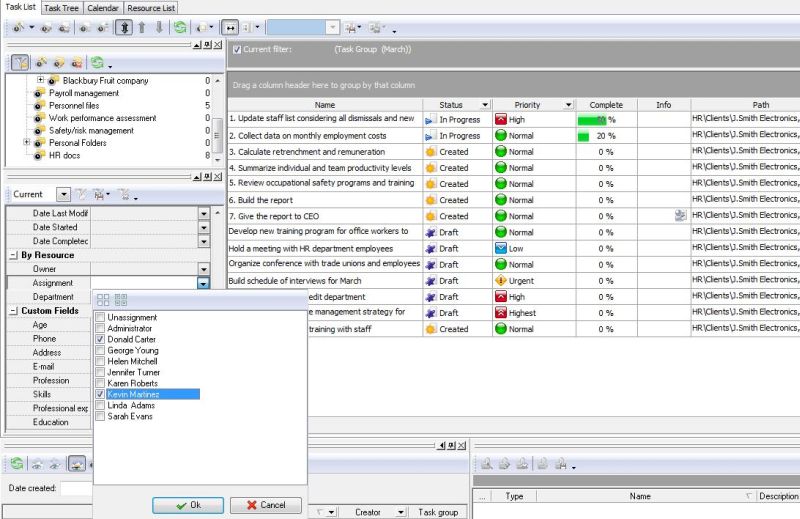

The array that I just been created is now run through, creating the required structure for the checklist items and storing it in the ChecklistItems array: Split(items('Auf_alle_anwenden')?,decodeUriComponent('%0A')) In my example, the full split function looks like this:
MICROSOFT PLANNER RECURRING TASKS 2022 HOW TO
The challenge here was how to insert the line break, since an ASCII/UTF8 character did not produce the desired result. Like in many other programming languages, the Split function is used for this purpose. This divides the string from the SharePoint list into an array. The ‘true’ path contains the Compose connector. The ‘false’ path of the condition is empty. Before I do this, I first check whether the attribute for ChecklistItems is populated the Empty function is used for this purpose:Įmpty(items('Auf_alle_anwenden')?) I have added a multi-line text field – CheckListItems – to the list as well as a line break after each entry. I have chosen the one that is quite easy to implement. There are several ways to save checklist entries in the Teams list.

This figure shows the outer loop with the modifications for checklists Creating checklist entries To begin with, we only need a flow variable: We can obtain the correct format for our comparison using You have the option to format the output generated by utcNow here. The solution can be found by pressing the three dots in the function or by clicking the function. Comparing both values in Power Automate with the operator eq generates an error because the operands are of different types. The utcNow() function returns a full timestamp by default. We have created the list attribute NextCreationDate with the property Date only. To do this, show the advanced options and enter the following formula in the Filter query section: For further processing, you now need to filter the list. After entering the URL, the possible lists are displayed in the list name dropdown list. xxx is typically the company name, while > is the name of the team room (without spaces). The flow starts by retrieving the tasks due that day from the SharePoint list.


 0 kommentar(er)
0 kommentar(er)
